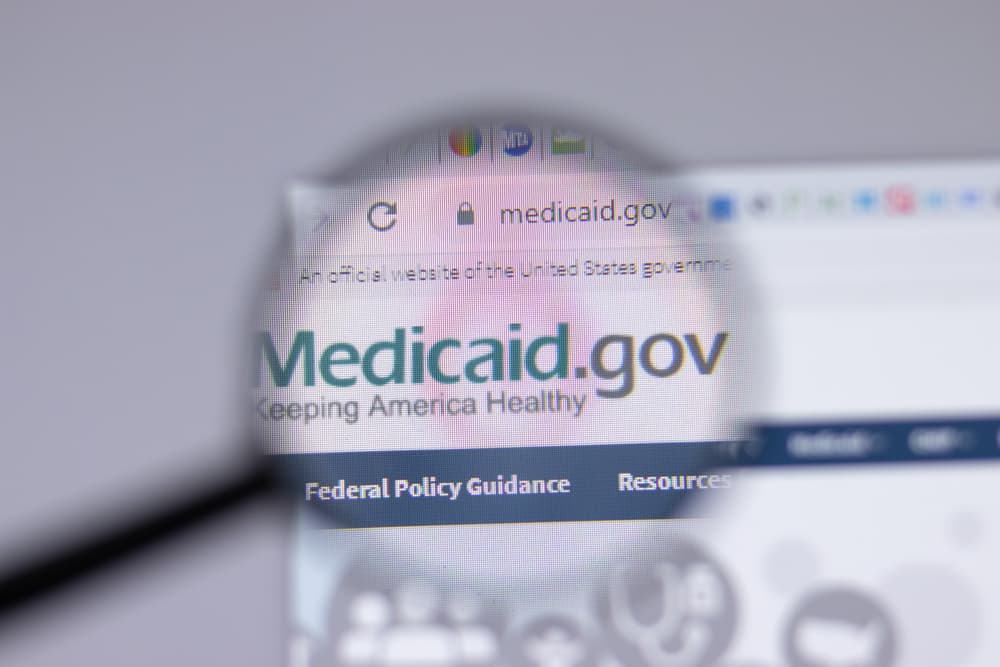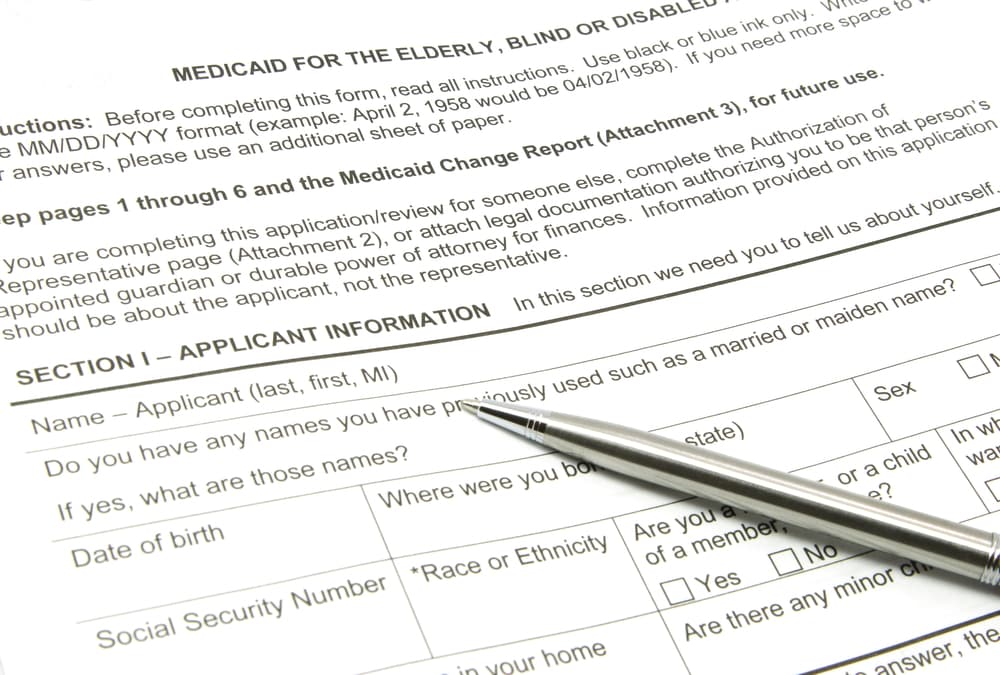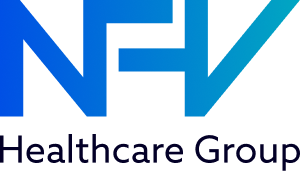In the healthcare industry, it is crucial for both healthcare providers and individuals seeking government assistance to understand Medicaid qualification and verification. Medicaid, a federal and state program, ensures access to healthcare for eligible low-income individuals and families. The processes of qualification and verification are distinct but interconnected, each serving a unique purpose within the healthcare industry.
In this blog, we will provide clarity on Medicaid, explore the differences between Medicaid qualification and verification, and highlight the importance of understanding them.
What Is Medicaid?

Before delving into the nuances of qualification and verification, let us first define Medicaid. Medicaid is a joint federal-state program that provides health insurance coverage to low-income individuals and families. This program is the largest source of health insurance coverage for low-income Americans, ensuring millions have access to affordable, quality healthcare.
What Is the Difference Between Medicaid Qualification and Verification?
Understanding the nuances between Medicaid qualification and verification is essential in the world of healthcare, as these terms often create confusion. Let’s analyze these two important processes:
|
Medicaid Qualification |
Medicaid Verification |
|
|
Purpose |
Determines eligibility for Medicaid benefits. Evaluates if an applicant meets the program’s requirements for financial need, citizenship, residency, and other eligibility criteria. |
Ongoing process to ensure beneficiaries remain eligible. Confirms the accuracy and currency of information provided during qualification. Prevents fraud. |
|
Timing |
Determine when an individual applies for the program, deciding their eligibility for entry. |
It happens regularly after the initial qualification and continues throughout a beneficiary’s enrollment. |
|
Documentation |
Applicants must usually provide extensive documentation, including proof of income, citizenship, residency, and other required documents. |
Less extensive documentation. Beneficiaries may need to periodically update information, like income or residency, to confirm continued eligibility. |
In summary, Medicaid qualification determines eligibility for the program, while Medicaid verification confirms ongoing eligibility and prevents fraud.
Why Is It Important To Understand the Difference?

The terms “Medicaid qualification” and “Medicaid verification” are often used interchangeably. Still, they signify different stages in the process of accessing this crucial healthcare benefit. Understanding these distinctions is vital for both healthcare providers and Medicaid beneficiaries.
Beneficiaries, in particular, must understand the differences as they are required to submit accurate documentation during the application process. Errors in documentation can cause delays in their enrollment or even result in a denial of coverage.
Medicaid Qualification
What Are the Eligibility Requirements for Medicaid?
Medicaid eligibility requirements can vary from state to state, as each state has some flexibility in setting its own criteria. However, certain core eligibility factors apply across all states. To be eligible for Medicaid, an individual or family typically needs to meet the following requirements:
- Income Limitations: Most Medicaid programs have income limits, typically expressed as a percentage of the federal poverty level (FPL). The income limits can vary based on family size and the specific Medicaid category.
- Citizenship and Residency: Applicants must be U.S. citizens, U.S. nationals, or qualified non-citizens (e.g., lawful permanent residents or refugees). Additionally, they must reside in the state where they apply for Medicaid.
- Category of Eligibility: Medicaid offers coverage to various groups of individuals, such as low-income children, pregnant women, adults, and the elderly. Some Medicaid categories are specifically designed for certain age groups or individuals with disabilities. To qualify, you must fall into one of these eligible categories. Each category has specific criteria that must be met.
How Do I Know if I Qualify for Medicaid?

The precise eligibility requirements can differ from one state to another, and sometimes, they may change due to policy adjustments. To determine if you qualify for Medicaid, contact your state’s Medicaid office or visit their website for the most up-to-date information.
What Documentation Do I Need To Provide To Prove My Eligibility?
The documentation you must provide to prove your eligibility for Medicaid will vary depending on your state’s requirements. However, some common types of documentation include:
- Proof of income: This may include tax returns, pay stubs, or bank statements.
- Proof of assets: This may include bank statements, investment statements, or property deeds.
- Proof of age: This may include a driver’s license, birth certificate, or passport.
- Proof of disability: This may include a letter from your doctor or a Social Security Administration award letter.
- Proof of family composition: This may include birth certificates, marriage certificates, or divorce decrees.
Medicaid Verification
What Is the Purpose of Medicaid Verification?
Medicaid verification is an ongoing process designed to ensure that individuals and families who have qualified for Medicaid continue to meet the eligibility requirements. Its primary objectives are to:
- Prevent Fraud and Overpayments: By verifying eligibility regularly, the program can detect and prevent fraudulent claims and overpayments.
- Protect Program Integrity: Ensuring that beneficiaries remain eligible helps protect the integrity of the Medicaid program.
What Types of Information Are Verified?

The information types verified during Medicaid eligibility verification vary from state to state. However, some common verified information types include:
- Income
- Assets
- Age
- Disability status
- Family composition
- Residency
- Citizenship status
How Is Medicaid Verification Conducted?
The methods and frequency of Medicaid verification can vary by state. Still, it typically involves a combination of automated data matching, beneficiary self-reporting, and periodic reviews. Some common electronic data sources that are used to verify Medicaid eligibility include:
- The Social Security Administration (SSA)
- The Department of Homeland Security (DHS)
- The Internal Revenue Service (IRS)
- State employment agencies
- State child support agencies
Streamline Medicaid Eligibility with NFV Healthcare Group
Medicaid qualification and verification are crucial for ensuring eligible individuals and families receive health coverage. Healthcare providers play a pivotal role in streamlining the eligibility process and maintaining program integrity, and thus, must understand the distinctions between these two processes. This understanding is fundamental in streamlining the Medicaid eligibility process and maintaining the integrity of their hospital’s Medicaid Eligibility program.
At NFV Healthcare Group, we recognize healthcare provider’s challenges when navigating these complex Medicaid processes. We specialize in offering tailored technology solutions designed to automate and optimize the Medicaid Eligibility process, focusing on self-pay patients. Our solution prioritizes efficiency and transparency, ensuring a seamless journey and optimal outcomes for you and your patients.
If you’re ready to simplify the Medicaid Eligibility processes and enhance your healthcare services, don’t hesitate to contact NFV Healthcare Group today.

